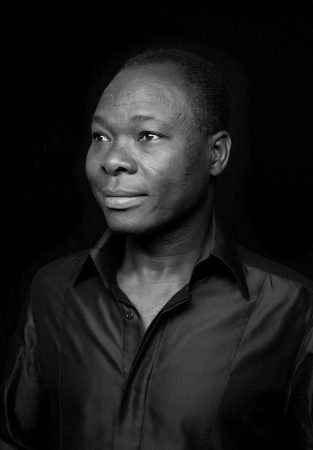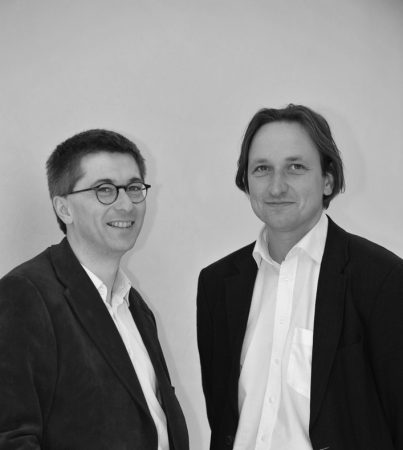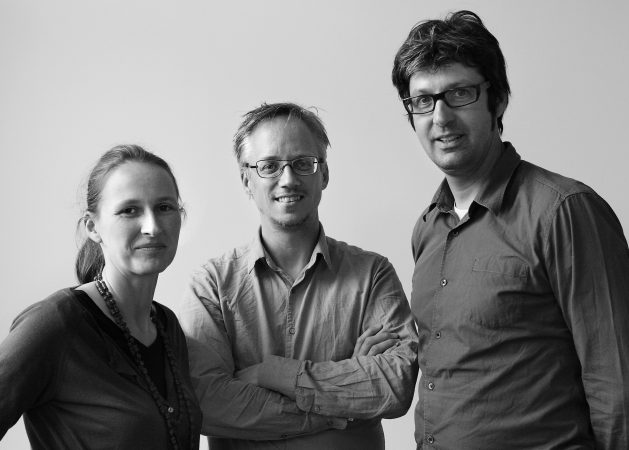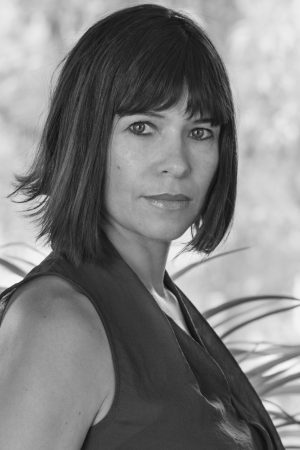Busse & Geitner
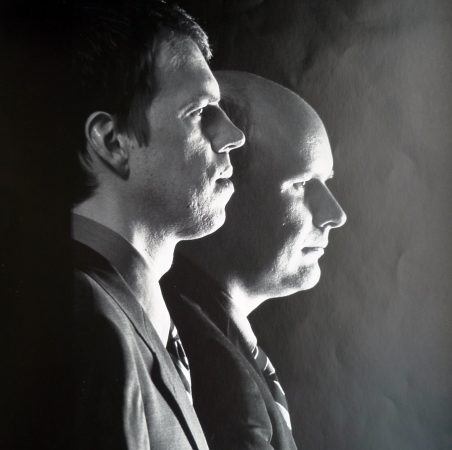
Awardee
The fact that architecture is effective via images, that communicate it, has long been overlooked, later on it has been abused as a blank cheque for meaningless referential games and exhibitionisms. Volker Busse and Andreas Geitner counter such overreactions with an intelligent as well as responsible handling of architectural form. It is an inseparable component of the substance and of the constructive composition. Persistent design development makes the image ever more precise until a seeming self-evidence has been reached: until the questions of use, material, context and symbolism have been resolved into a clear and consistent answer. The controlled abstraction works against any one-sided commitment towards either the past or the future and presents the architecture as utterly contemporaneous, complete also in terms of its functional qualities and the carefully selected and executed materiality. (V. M. Lampugnani)
Busse & Geitner are awarded the Schelling Architecture Prize 1998.
